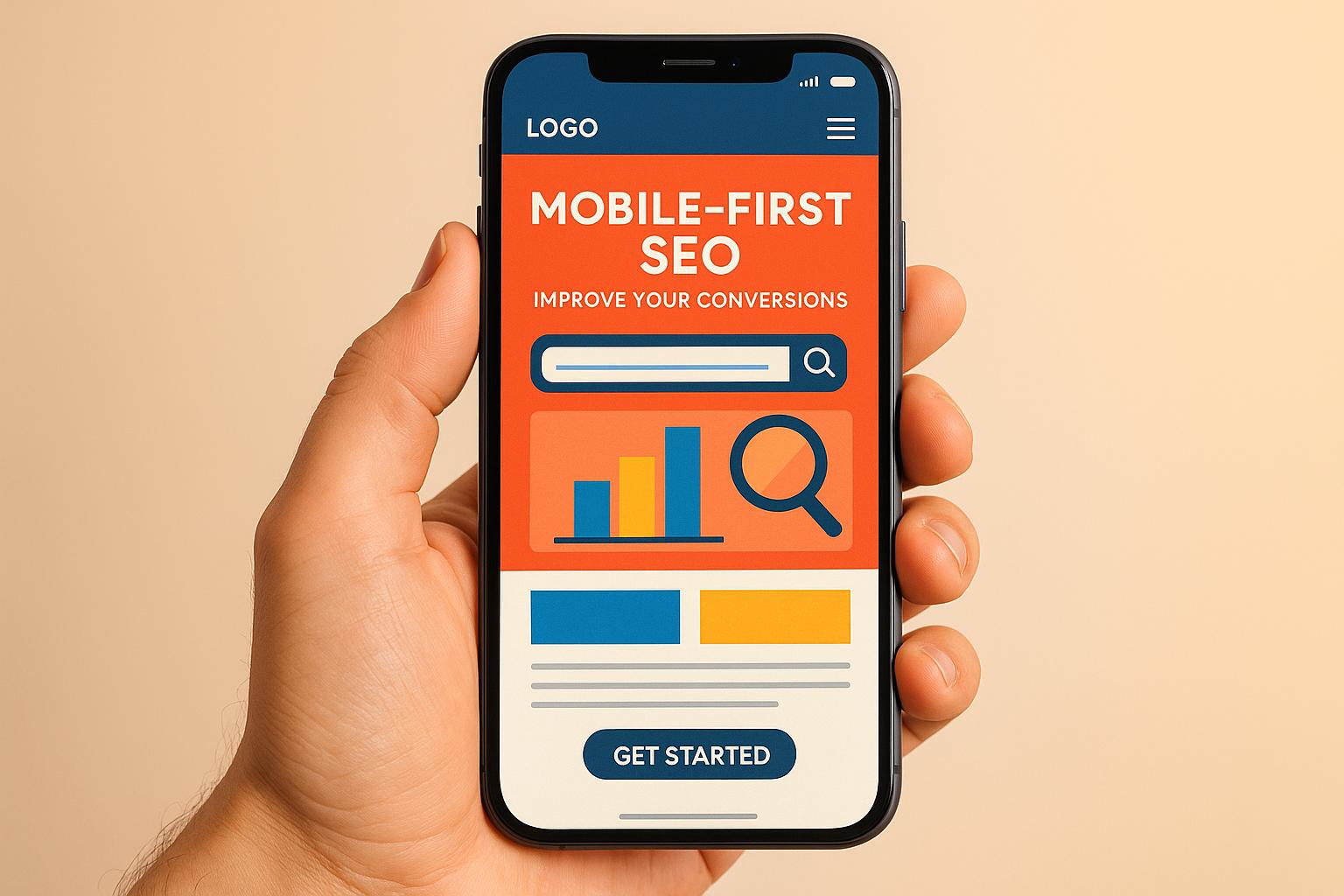

How to Use Long Tail Keywords to Improve Your SEO

How to Use Long Tail Keywords to Improve Your SEO
 12-03-2025 (Last modified: 21-05-2025)
12-03-2025 (Last modified: 21-05-2025)
If you’re tired of competing for high-traffic keywords only to be outranked by industry giants, it’s time to shift your focus to long tail keywords. These less competitive, more specific keyword phrases can help you attract targeted traffic and improve your search rankings.
In this guide, we’ll break down how to use long tail keywords effectively, helping you optimize your content and maximize your SEO potential. If you’re unfamiliar with long tail keywords, check out our article on What Are Long Tail Keywords for a full introduction.

Why Long Tail Keywords Matter in SEO
Before diving into how to use long tail keywords, let’s quickly recap why they’re important.
- Lower Competition – They are easier to rank for than broad keywords.
- Higher Conversion Rates – Users searching for specific phrases often have higher intent.
- Better User Experience – They align more closely with what users are actually looking for.
- Essential for Voice Search – People use longer, conversational phrases when speaking to Alexa or Google Assistant.
Now, let’s get into the practical ways to use long tail keywords for better search visibility.
1. Finding the Right Long Tail Keywords
The first step in learning how to use long tail keywords is finding the right ones for your content.
Where to Find Long Tail Keywords:
- Google Autocomplete – Start typing a phrase in Google and see what suggestions pop up.
- People Also Ask & Related Searches – Check these sections in Google search results for more ideas.
- Keyword Research Tools – Use Ahrefs, SEMrush, Ubersuggest, or Google Keyword Planner.
- AnswerThePublic – Find commonly searched questions related to your industry.
- Competitor Analysis – Look at what long tail keywords top-ranking competitors are targeting.
Example: Instead of using “SEO tips,” a long tail variation would be “best SEO tips for small business websites in 2024.”
2. Using Long Tail Keywords in Blog Content
Once you’ve found your long tail keywords, you need to integrate them strategically into your content.
Best Practices for Blog Optimization:
- Include keywords in the title – Example: “How to Use Long Tail Keywords for Better SEO Rankings.”
- Use keywords naturally in the introduction and conclusion – Avoid forced placements.
- Optimize headings (H2, H3) – Example: “Why Long Tail Keywords Improve Conversions.”
- Scatter keywords throughout the content – Keep it natural, no keyword stuffing.
- Use them in image alt text – Helps improve image search visibility.
- Answer search intent directly – Provide clear, concise answers to user queries.
Example: If you’re writing about “best eco-friendly web hosting for small businesses,” make sure that phrase appears in key sections of your post.
For more detailed guidance on content structure, read our Content SEO Best Practices article.
3. Using Long Tail Keywords in Meta Data & URLs
Your page’s meta title, meta description, and URL should all include relevant long tail keywords for better SEO visibility.
How to Optimize Metadata:
- Meta Title: Keep it under 60 characters with a long tail keyword (e.g., “How to Use Long Tail Keywords for SEO Success”).
- Meta Description: Make it compelling and under 160 characters (e.g., “Learn how to use long tail keywords to rank higher and attract targeted traffic to your website.”).
- URL Structure: Keep it short and keyword-rich (e.g. yourwebsite.com/how-to-use-long-tail-keywords)
4. Leveraging Long Tail Keywords in Product & Service Pages
If you run an eCommerce store or offer services, long tail keywords can help attract buyers who are ready to convert.
How to Optimize Product Pages:
- Use descriptive, keyword-rich product titles – Example: “Waterproof Hiking Boots for Cold Weather.”
- Write compelling product descriptions – Use long tail keywords naturally while explaining benefits.
- Include keywords in image names & alt text – Helps with image search rankings.
- Optimize category pages – Example: Instead of just “laptops,” try “best budget laptops for students in 2025.”
Example: A user searching for “best organic shampoo for curly hair” is more likely to make a purchase than someone searching for “shampoo.”

5. Using Long Tail Keywords in FAQ & Q&A Sections
Long tail keywords are perfect for FAQ sections, as they often match real user questions.
- Create an FAQ page targeting long tail keywords.
- Use structured data (schema markup) to help FAQs appear in Google’s rich results.
- Answer questions clearly and concisely.
- Target voice search queries by using conversational phrases.
Example: Instead of “SEO strategy,” answer “What is the best SEO strategy for local businesses?”
6. Running A/B Tests on Long Tail Keywords
One of the best ways to refine your keyword strategy is through A/B testing different keywords to see what works best.
- Test different long tail keyword variations in blog titles.
- Compare conversion rates on different landing pages.
- Track user engagement with different keyword-optimized CTAs.
- Use tools like PageTest.ai to test which keyword-rich headlines drive the most clicks.
Example: Testing “How to Start a Podcast” vs. “How to Start a Podcast for Beginners” may reveal which phrase attracts more clicks.
7. Measuring the Success of Your Long Tail Keyword Strategy
Once you’ve implemented your keywords, it’s crucial to measure their impact.
SEO Tools for Tracking Performance:
- Google Analytics – Monitor organic traffic from long tail keyword searches.
- Google Search Console – Track impressions and rankings for specific queries.
- Ahrefs / SEMrush – See keyword rankings and opportunities.
- PageTest.ai – A/B test keyword-rich content variations to maximize engagement.
Example: If you notice a blog post optimized for “best email marketing tools for startups” is driving high traffic, expand on that topic with new content.
Final Thoughts: Mastering How to Use Long Tail Keywords
Using long tail keywords effectively isn’t just about stuffing them into content – it’s about strategically placing them where they have the most impact.
- Find the right keywords using tools and competitor research.
- Integrate them naturally in blog posts, product pages, and FAQs.
- Optimize metadata and URLs for better visibility.
- Use A/B testing to refine your keyword strategy.
- Monitor performance and adjust based on data insights.
By applying these strategies, you can boost your search rankings, attract targeted traffic, and increase conversions. Start incorporating long tail keywords today and watch your SEO results improve!
Long Tail Keywords – FAQ
What are long tail keywords in SEO?
Long tail keywords are longer, more specific search phrases (usually 3+ words) that target niche topics or user intent. They typically have lower search volume but higher conversion rates and less competition.
How do long tail keywords improve SEO?
They help you rank higher by targeting less competitive queries, attract more relevant traffic, and match user intent better—especially in voice search and question-based queries.
Where should I use long tail keywords on a website?
Include them in page titles, headings, meta descriptions, image alt text, URLs, product descriptions, blog content, and FAQ sections for maximum impact.
How can I find long tail keywords?
Use tools like Google Autocomplete, “People Also Ask,” AnswerThePublic, Ahrefs, and SEMrush. Also analyze competitor content to find keyword gaps.
Should I replace short tail keywords with long tail ones?
Not necessarily—use both. Long tail keywords help you capture highly targeted traffic, while short tail keywords support broader visibility and branding.
say hello to easy Content Testing
try PageTest.AI tool for free
Start making the most of your websites traffic and optimize your content and CTAs.
Related Posts

 28-11-2025
28-11-2025
 Becky Halls
Becky Halls
AI Social Media: How to Prepare for 2026
AI social media has flipped regular social media on its head! Not slowly. Not subtly. Completely!Feeds are now prediction engines. Creators are using AI in their workflows. Platforms are ranking content based on behaviour signals and semantic meaning rather than hashtags alone. And the gap between brands who adopt AI early and brands who don’t […]
 24-11-2025
24-11-2025
 Becky Halls
Becky Halls
How Social Media Marketing Will Change in 2026: Stop Posting, Start Getting Found
Social media is no longer a place people visit after they have finished “real” research. For a huge chunk of users, especially under 35, TikTok, Instagram, YouTube and Reddit are where research starts: which product to buy, which tool to try, what restaurant to visit, how to fix a problem. In 2025, almost two thirds […]

 20-11-2025
20-11-2025
 Ian Naylor
Ian Naylor
How Mobile-First SEO Impacts Conversions
Optimizing for mobile is crucial for improving user experience and boosting conversion rates, as mobile traffic continues to rise.
